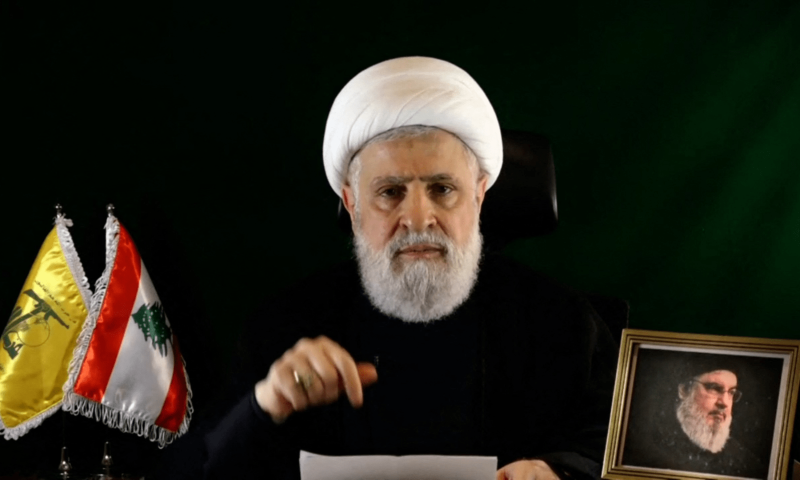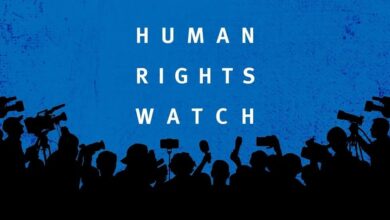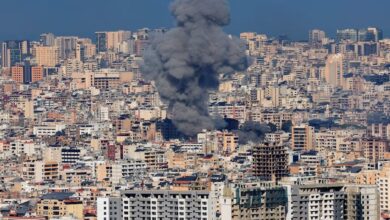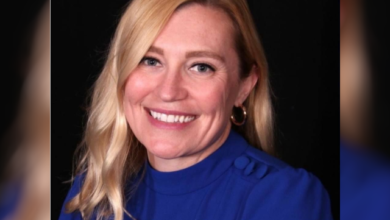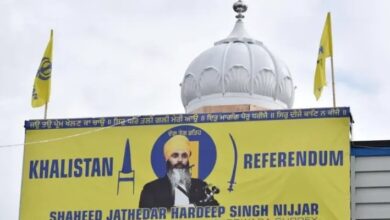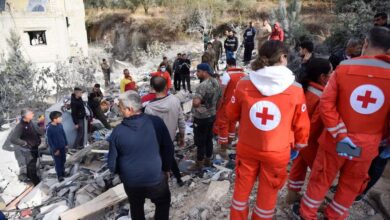Hezbollah’s deputy secretary general Sheikh Naim Qassem, elected head of the Lebanese armed group on Tuesday, has been a senior figure in the movement for more than 30 years.
Speaking in front of curtains from an undisclosed location on October 8, Qassem said the conflict between Hezbollah and Israel was a “war” about who cries first, and Hezbollah would not cry first.
The group’s capabilities were intact despite “painful blows” from Israel. But he added the group supported the efforts of parliament speaker Nabih Berri — a Hezbollah ally — to secure a ceasefire, for the first time omitting any mention of a Gaza truce deal as a pre-condition for halting the group’s fire on Israel.
His 30-minute televised address came just days after senior Hezbollah figure Hashem Safieddine was thought to have been the target of an Israeli strike and 11 days after the killing of Hezbollah’s secretary general Sayyed Hassan Nasrallah.
Safieddine’s killing was confirmed by Hezbollah on Oct 23.
Qassem was appointed deputy chief in 1991 by the group’s then-secretary general Abbas al-Musawi, who was killed by an Israeli helicopter attack the following year.
Qassem remained in his role when Nasrallah became leader, and has long been one of Hezbollah’s leading spokesmen, conducting interviews with foreign media including as cross-border hostilities with Israel raged over the last year.
Qassem’s televised address on Oct 8 was his second since hostilities between Israel and Hezbollah intensified in September. He was the first member of Hezbollah’s top leadership to make televised remarks after Nasrallah’s killing in an Israeli air attack on Beirut’s southern suburbs on Sept 27.
Speaking on Sept 30, Qassem said Hezbollah would choose a successor to its slain secretary general “at the earliest opportunity” and would continue to fight Israel in solidarity with Palestinians.
“What we are doing is the bare minimum… We know that the battle may be long,” he said in a 19-minute speech.
Born in 1953 in Beirut to a family from Lebanon’s south, Qassem’s political activism began with the Lebanese Shia Amal Movement.
He left the group in 1979 in the wake of Iran’s Islamic Revolution, which shaped the political thinking of many young Lebanese Shia activists.
Qassem took part in meetings that led to the formation of Hezbollah, established with the backing of Iran’s Revolutionary Guards in response to the Israeli invasion of Lebanon in 1982.
He has been the general coordinator of Hezbollah’s parliamentary election campaigns since the group first contested them in 1992.
In 2005, he wrote a history of Hezbollah seen as a rare “insider’s look” into the organisation. Qassem wears a white turban unlike Nasrallah and Safieddine, whose black turbans denoted their status as descendants of the Holy Prophet (PBUH).

